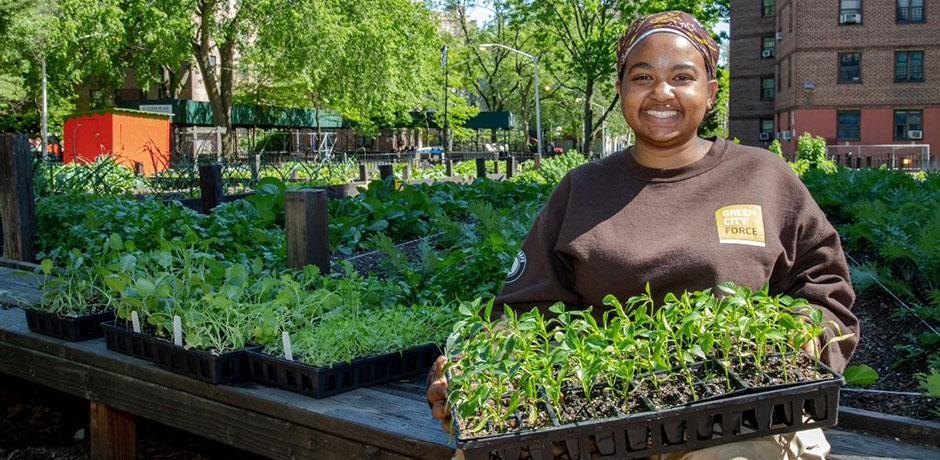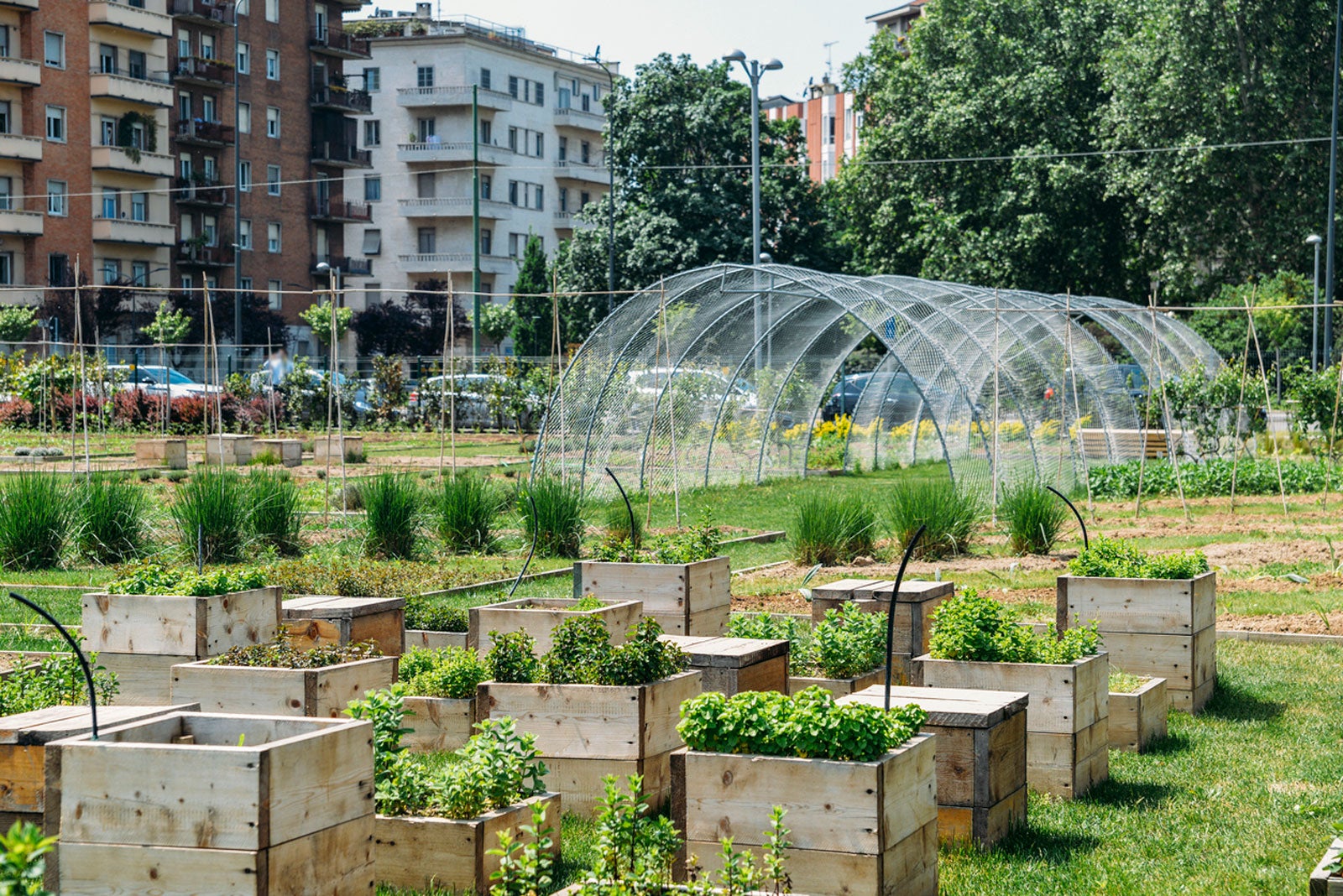Little Known Facts About City Blooming.
Table of ContentsHow City Blooming can Save You Time, Stress, and Money.The Main Principles Of City Blooming The 8-Minute Rule for City BloomingSome Known Incorrect Statements About City Blooming City Blooming for Beginners
Interested in growing food available in the City of Chicago? Assuming regarding starting a neighborhood yard? Adjustments to the Chicago Zoning Statute allow farming usages like area yards and metropolitan ranches in several components of the city. Below is a listing of regularly asked inquiries concerning the guidelines and regulations that farmers must think about when planning an urban agriculture task.
The zoning amendment does not change any kind of various other codes taking care of composting, building licenses, acquiring or renting City possessed property, organization licenses or environmental contamination. There are existing codes that manage these problems and they remain in complete result and may be appropriate to your job. Area yards are normally possessed or handled by public entities, civic companies or community-based organizations and maintained by volunteers.
Urban ranches expand food that is intended to be offered, either on a not-for-profit or for-profit basis. Due to their business objective, metropolitan ranches require a service permit.
3 Easy Facts About City Blooming Explained
Composting is enabled yet only for plant product that is generated and made use of on website. The quantity of garden compost material can not go beyond 25 cubic lawns at any given time according to the criteria in 7-28-715 of the City's Municipal Code. Yes. Because the soil at most brand-new garden sites requires changing, compost, dirt, wood chips, or other products can be obtained to build or boost the growing space - garden care.

If a building license is called for after that the hoophouse will be thought about an accessory building. You can discover more regarding the structure license demands by calling the Division of Buildings. The 25,000-square-foot dimension limit is planned to stop a solitary neighborhood garden from dominating an offered block or diminishing the block's existing residential or industrial character.
The restriction does not apply to yards located in Public Open Area (POS) areas. Can there be even more than one area yard that is 25,000 square feet on a single block? Fencing is not required, nevertheless, yards that have huge parking locations may be needed to install fence or various other landscaping attributes.
City Blooming Can Be Fun For Anyone
B1 & B2 areas call for that all business usage tasks be conducted indoors. R districts restrict industrial task. The policies show the objective and intent of the Zoning Code. Is fencing required for urban ranches? Yes. Fences may be needed, along with landscape design and screening, for particular parking lot and outdoor job or storage locations depending on location and the details activity occurring.
Urban ranches require building authorizations and zoning authorizations prior to construction (balcony and patio garden design). Various other kinds of city review may be needed depending on details frameworks, activities, dimension, landscape design, licensing, public health and stormwater administration concerns.
The Division of Business Matters and Consumer Protection can help identify the certain type of organization license that's needed. Off road auto parking is required for the majority of business jobs in Chicago. The required number of parking areas is based on the number of staff members functioning on website and not the square footage of the expanding area.
Excitement About City Blooming

A city farm can sell garden compost material created on website, nevertheless, the operation needs to comply with the guidelines in 7-28-715 of the Chicago Municipal Code. Aquaponic systems are permitted indoors on urban farms in numerous zoning areas.
As much as five hives or swarms of honey bees may be maintained as an accessory usage. Beekeepers have to register with the Illinois Department of Farming. For even more information regarding the proposed zoning amendment you may get in touch with the Department of Housing and Economic Advancement, Bureau of Planning and Zoning at 312.744.8563.
Farming in cities and city areas A city ranch in Chicago. Urban farming refers to different techniques of cultivating. https://hub.docker.com/u/cityblooming, handling, and distributing food in metropolitan areas. The term likewise applies to the location activities of pet husbandry, aquaculture, beekeeping, and gardening in an urban context. Urban agriculture is distinguished from peri-urban agriculture, which happens in country locations at the side of suburbs.
Rumored Buzz on City Blooming
It can include an activity of natural growers, "foodies" and "locavores", that look for to develop social networks based on a shared principles of important site nature and neighborhood holism. These networks can establish using formal institutional support, coming to be integrated into regional town as a "change town" activity for lasting urban development.
The much more direct access to fresh vegetable, fruit, and meat products that might be understood via city farming can boost food protection and food safety while decreasing food miles, causing lower greenhouse gas exhausts, consequently adding to climate adjustment reduction. A few of the first proof of metropolitan farming originates from Mesopotamia.